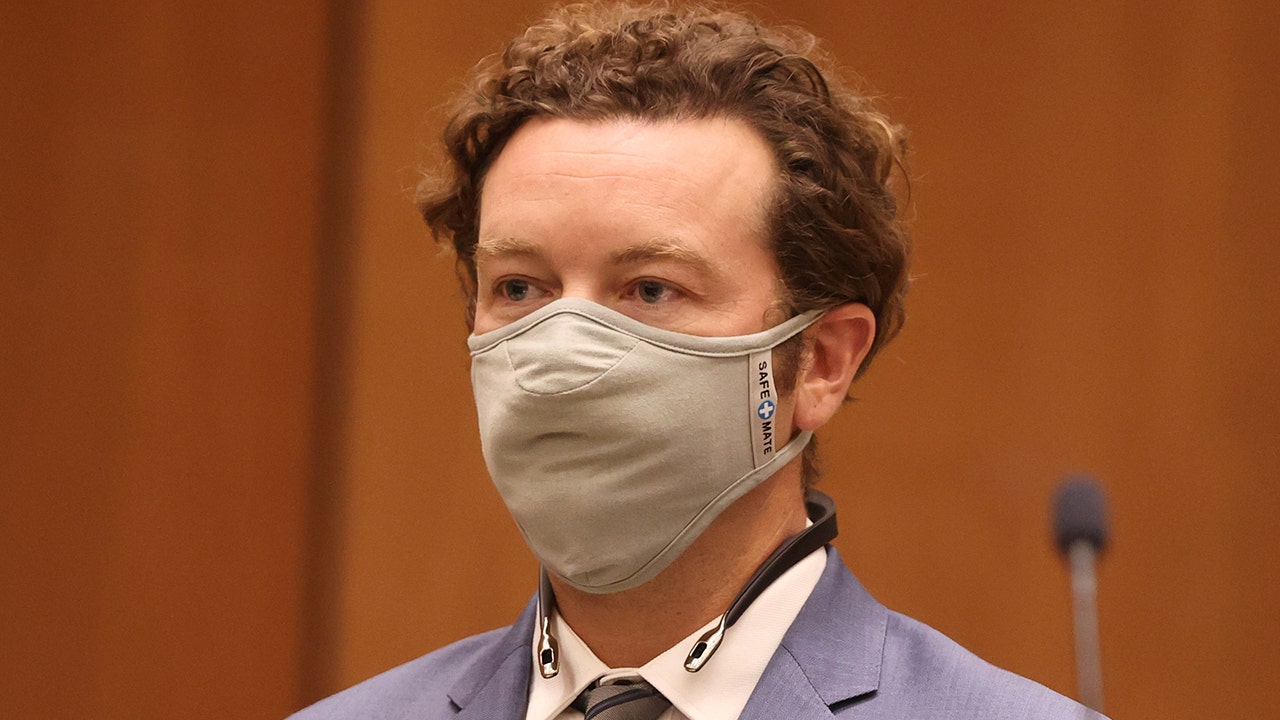Mark Safarik has always been curious to learn what makes serial killers tick.
The former FBI profiler is featured in a new genres on A&E titled “Invisible Monsters: Serial Killers in America,” which explores five of the most infamous murderers in the country and how they were ultimately caught by law enforcement. The show features new interviews with survivors, investigators, forensic psychologists, prosecutors as well as the victims’ family members.
Safarik’s decadeslong career in law enforcement has led him to serve as a consultant to crime shows, such as “Bones” and “The Blacklist,” The New York Times reported. His studies on the behaviors of serial killers have been published in international journals, and he famously sat down with Long Island serial killer Joel Rifkin for a televised interview.
Safarik spoke to Fox News about which killer he would interview today, why serial killers tend to be at their most active by a certain age, and whether there are still unknown victims out there.
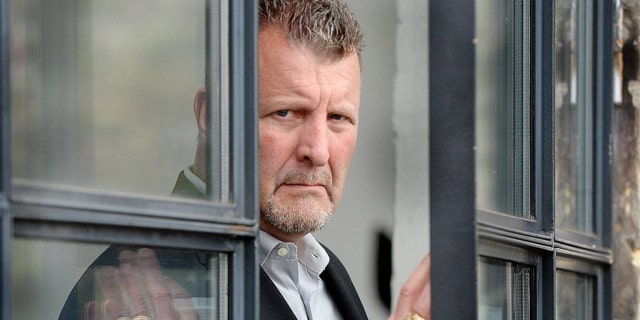
Mark Safarik is featured on A&E’s true-crime docuseries titled "Invisible Monsters: Serial Killers in America."
(A&E)
Fox News: “Invisible Monsters” explores five infamous serial killers. Which one surprised you the most and why?
Mark Safarik: I have known about these killers for decades and have studied them. So I don’t know if I’m surprised by any of them. But what’s really interesting is that typically, we study them by themselves, as many television programs have. We’ll take a look at just Ted Bundy or Jeffrey Dahmer and study their individual crimes and background. But what I really like about this series is that it takes on a more integrative approach that really hasn’t been done before. Why these five guys? Why are they sort of the golden age of serial killers? And that’s what this show aims to answer.
Fox News: It seems like all these killers were operating around the same time. What was going on during this time that made it so popular for these killers to commit these crimes?
Safarik: I think there’s a confluence of a lot of different dynamics of why these guys appear to be so successful for so long. One of the very first things that people never really think about is that we didn’t have a taxonomic identification of serial killers until the late 1970s. We used to call them mass murderers, we used to call them multiple killers. But there was no definition.
‘JEOPARDY!’ CHAMP PAUL CURRY USED CHARMS TO WOO HIS WIFE BEFORE MURDER, DOC SAYS: ‘HE WAS EVIL’
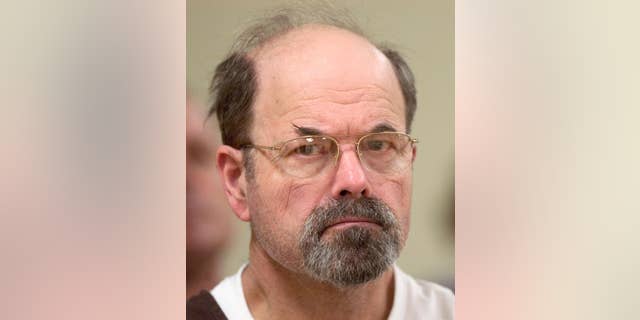
In this Oct. 12, 2005, file photo, convicted BTK killer Dennis Rader listens during a court proceeding in El Dorado, Kan.
(The Associated Press)
We didn’t have serial murder until my former partner, Bob Bressler, sort of coined the term in 1977. So law enforcement, we weren’t talking about serial killers then. We were just talking… It was sort of a local phenomenon, rather than a national or international understanding of this particular type of killer. And I think that’s what really sort of helped solidify law enforcement into focusing on this. Plus in the 1970s – early ‘70s – is when the FBI’s behavioral sciences unit started to do research into this specific type of killer, to understand them, to help law enforcement.
It was just starting to develop, nationally and locally, in terms of technology and databases… we didn’t have much in the way of forensics. Even in the media, we didn’t have 24/7 television. We didn’t have computers or laptops or cellphones. Even in law enforcement… we just had a car radio. So, you have this confluence of technology and forensics and communication and law enforcement’s understanding. I think the next 15-20 years really solidified and helped sort of put the lid on these five individuals. And that’s what we go through in this series. Why were they so successful? Why couldn’t we catch them initially? Why couldn’t we even identify them? Those are the key questions we discuss.
JODI ARIAS’ FORMER CELLMATE SAYS CONVICTED MURDERER IS ‘A FLIRT’ WITH ‘A LOT OF HATE’: DOC

Gary Ridgway, also known as the Green River Killer, terrorized the Seattle area in the 1980s, and since 2003, he has pleaded guilty to killing 49 women and girls.
(Getty Images)
Fox News: What’s a common misconception you feel people still have about these serial killers, and what’s the reality?
Safarik: I think the biggest misconception the public still has is that serial killers are White males in their 20s who have some major construct problem, relationship problem with their mothers. That just simply isn’t true. We have serial killers in all walks of life, in all cultures, in all countries, of all races. In these five cases, we are talking about White males. But there are lots of other serial killers active.
But I think these individuals, just because of the time frame and because of their victim types, ended up getting a lot of notoriety. But you can’t pigeonhole serial killers into a particular race or age. They come in all different ages. They’re most active in their late 20s and 30s, but we have serial killers into their late 40s and early 50s. We also have some as young as their teens.
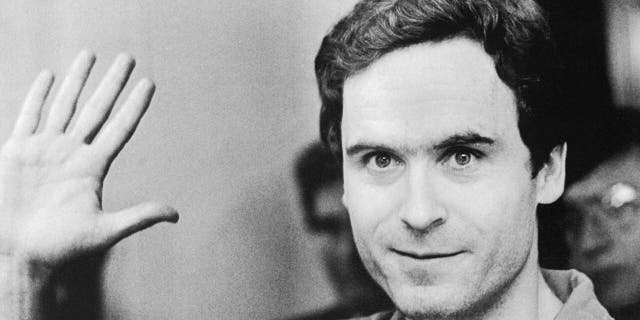
Ted Bundy was executed on Jan. 24, 1989.
(Getty Images)
Fox News: Why are many serial killers at their most active in their late 20s and 30s?
Safarik: I think it’s because most serial killers are male, right? So males develop physically and in terms of their strength and their fantasy life… Typically this fusion of violence, sexual arousal and fantasy come into it. They’re developing it through their adolescence and teens and into their late 20s. And usually, they’re starting off with perhaps animals, or inanimate objects, or compliant partners.
And it isn’t usually until their mid to late 20s where they actually cross that line with noncompliant victims. In other words, someone who is not willing to participate in whatever activity they’re talking about. And that continues into their 30s when they’re most sexually active and physically able to engage in this.
I was a co-author on an article where we looked at sexual homicide offenders over the age of 55. And it’s amazing. There are almost none. And it’s because, as men get older, that interest wanes physically. That’s why you see them really developing in their 20s and into their 30s. That can go into their 40s, late 40s. But then, they’ll really start to taper off after that. That’s just a phenomenon that we see from their physical and fantasy development.

Serial killer Jeffrey L. Dahmer was sentenced to 15 consecutive life terms or a total of 957 years in prison. Dahmer was killed by a fellow prisoner, Christopher Scarver, in November 1994 at Columbia Correctional Institution, Portage, Wis.
(EUGENE GARCIA/AFP via Getty Images )
Fox News: Has it become more difficult for serial killers to come about in the modern day?
Safarik: I think it’s more difficult. I think we are now able to identify some of these individuals before they would be designated as serial killers. In other words, we’re able to identify them in their first or second kills forensically. So we can probably stop individuals who would have developed into serial killers. We also have 24/7 media and news in all different aspects. And they follow that, the writings and media. And so, they’re more astutely aware of forensic techniques that law enforcement uses. I think we’re staying ahead of that curve. But you know, they’re also developing their strategies to counteract that.
Fox News: If you could sit down with any of these serial killers, face to face, and interview them, who would it be and why?
Safarik: I think maybe Dahmer, just because his crimes are so repulsive to most people. They’re so heinous. So depraved. Yet he comes off as articulate, soft spoken, intelligent. And I think it’s that dynamic, for me, that fascinates me the most. Just the acts that he engaged in with his victims… necrophilia, the dismemberment. And yet, when you listen to Dahmer speak, he sounds rational and thoughtful. It’s not at all what you would expect.
Fox News: Do you believe there are still victims out there from any of these five killers who we just don’t know about? And do you think there’s any hope that we’ll eventually identify them?
Safarik: Oh, absolutely. There’s no doubt in my mind that there are other victims out there. Especially with guys like Bundy and the Green River Killer. They moved around and dumped their victims into the woods. For almost all serial killers, there are going to be victims we just simply do not locate. They’re out in locations that never get discovered. And then they decompose and bones are scattered by animals. You’re never going to find those.
CLICK HERE TO SIGN UP FOR THE ENTERTAINMENT NEWSLETTER
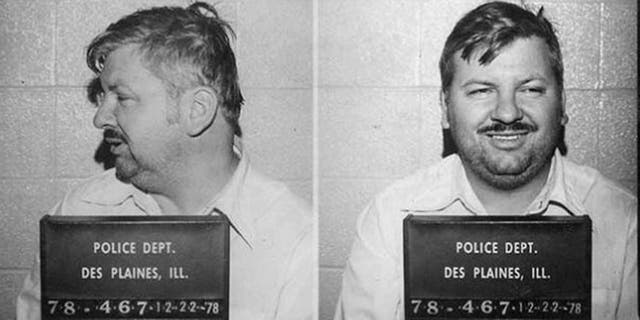
Serial killer John Wayne Gacy posed for the above Des Plaines Police Department mug shot in December 1978.
(Photo by Bureau of Prisons/Getty Images)
And a lot of serial killers will tell you, “I’ve killed more people than this.” But then we have to actually confirm those cases because they don’t remember who the victim was or they don’t remember the exact locations where they dumped them. Sometimes they just refuse to say. So there’s no doubt in my mind. Now someone like Dahmer, I think his number is probably accurate. Probably not accurate for the Green River Killer, Gacy or Bundy. For BTK, probably, but not sure. We just always assume, when we’re talking to these individuals, that there are more crimes, more victims out there.
I worked on the Robert Lee Yates case, the Spokane serial murder case. He moved around among the states. There’s no doubt in my mind he did not admit to all the cases simply because the death penalty existed in some of the states that he’d been in. He’s not going to give those up. So I think for these guys, clearly, there are more victims out there.
Fox News: What do you hope audiences will get from this series?
Safarik: I’m really hoping audiences will get an understanding of why these guys were successful and how we caught them. But also, how law enforcement is today. How our culture has changed in terms of increased communication… How law enforcement has improved their training and understanding of serial killers, even identifying serial killers as a distinct type of individual, separate from mass murderers, spree killers, child molesters and sexual homicide offenders.
CLICK HERE TO GET THE FOX NEWS APP

Mark Safarik’s studies on the behaviors of serial killers have been published in international journals and he famously sat down with Long Island serial killer Joel Rifkin for a televised interview.
(A&E)
There’s also our forensics and how that has moved forward to… getting DNA information from a single cell. How technology is bringing all of these things together. I think this integrative approach will be very different from anything the public has seen. It will help them understand how these guys were successful for so long, but more importantly, how we got them in the end.
"Invisible Monsters: Serial Killers in America" begins Sunday at 9 p.m. EST on A&E.
 Iktodaypk Latest international news, sport and comment
Iktodaypk Latest international news, sport and comment


